Who will feel the immense pressure from Huawei's $1.5 million Zunjie?
![]() 11/28 2024
11/28 2024
![]() 429
429
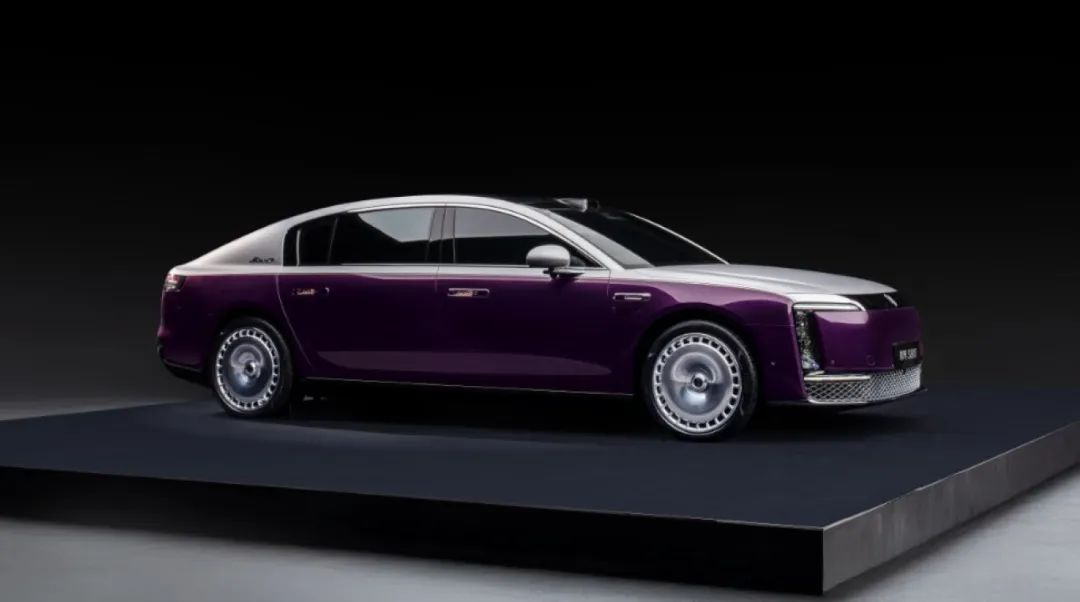
Introduction
This round of playing cards, regardless of whether Zunjie or Huawei wins, will be a victory for Chinese automakers.
As Yu Chengdong and Xiang Xingchu jointly pulled down the curtain in front of the Zunjie S800, the entire Shenzhen International Convention and Exhibition Center erupted as expected.
But I know some people are observing calmly, with critical words ready to spill out from their fingertips. I want to observe calmly from another dimension, along with these people, to paint a more complete picture.
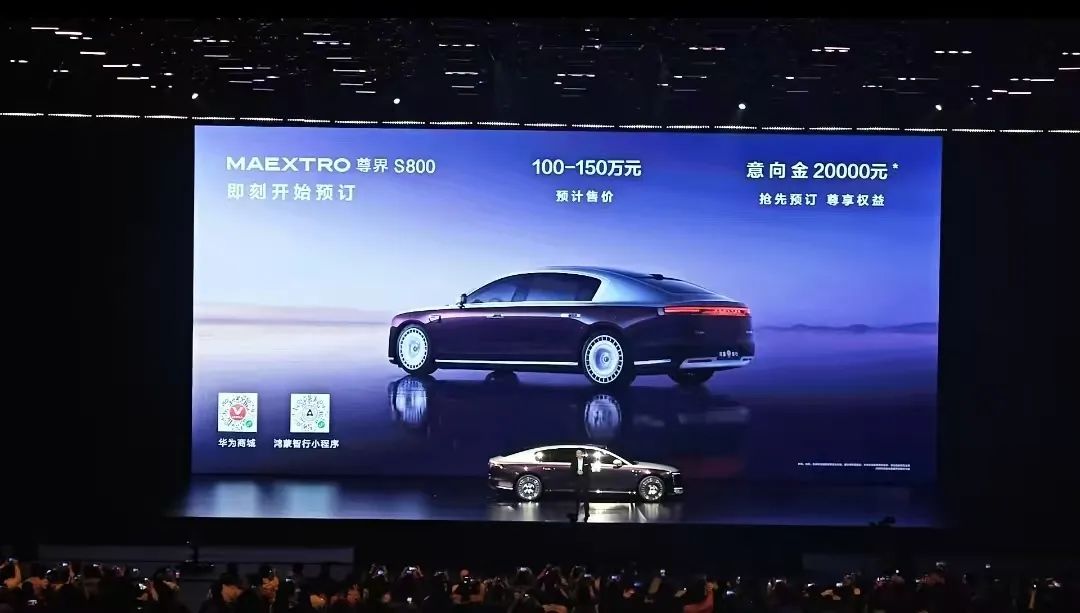
"The expected price is between 1 million and 1.5 million yuan!" Yu Chengdong finally announced the number he knew all along, and the audience, who already knew the answer, cheered thunderously again, pushing the atmosphere to another climax.
"This car is amazing!"
"Who would buy this car?"
Euphoria and disdain have intertwined into waves. But spiral progression has always been a microscopic characteristic of the general trend. What I value more is the macro trend of whether it is a spiral rise or spiral decline.
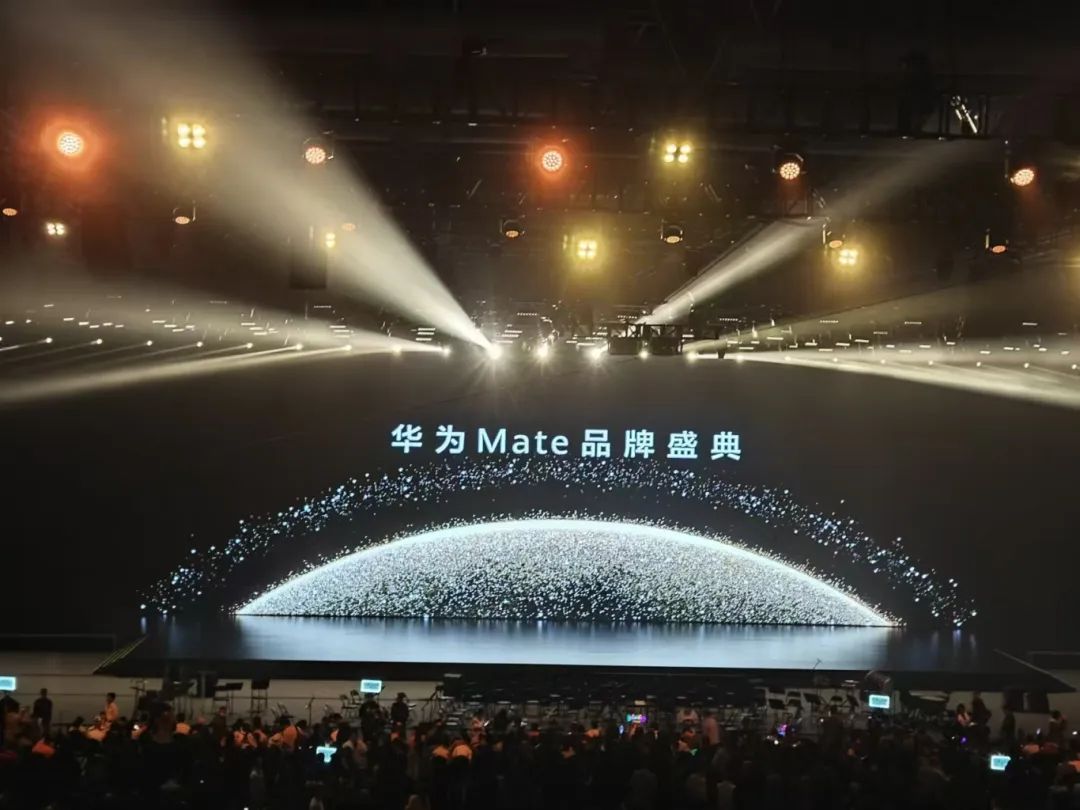
Obviously, Huawei, as well as Chinese auto brands like BYD, Geely, Chery, Changan, and Great Wall, are in an upward trend.
The question arises, where there is sorrow, there is joy; where there is decline, there is rise. With the $1.5 million Zunjie entering the market, who feels the immense pressure?
Pressuring Huawei Itself
In one of Jet Li's most acclaimed martial arts films, "Fist of Legend," Chen Zhen said something meaningful: "Learning martial arts can't just be about brute practice; you need to learn how to take a hit first in a fight."
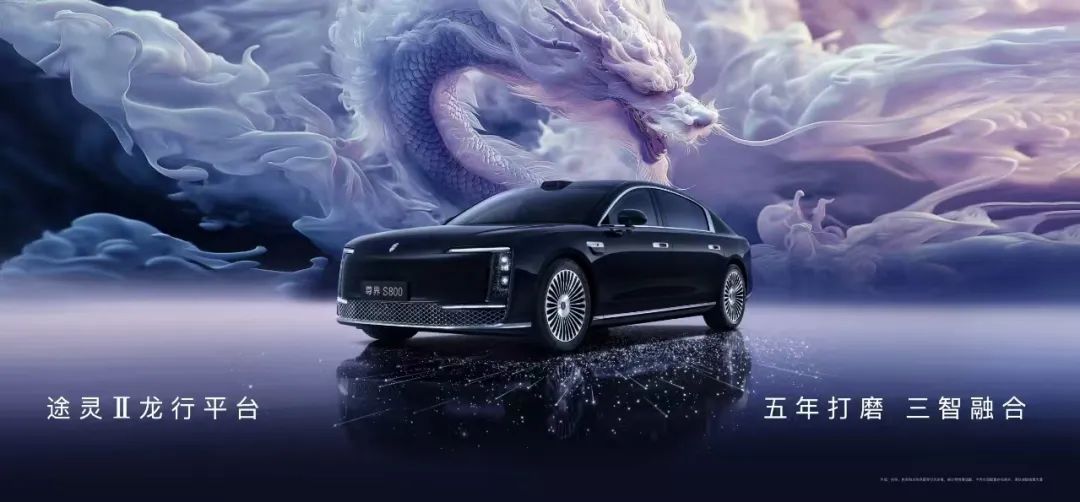
If Huawei uses Zunjie to pressure existing million-yuan ultra-luxury brands, it must first put itself under immense pressure to hone itself.
Creating the 1 to 1.5 million yuan Zunjie S800 is an unprecedented challenge for both Huawei and JAC, requiring the entire system to be elevated to an unprecedented height from product development, manufacturing, marketing, to sales and service.
The strengths and pressures on product capability are remarkably significant.
Almost no one doubts Huawei's leadership in advanced intelligence, or as Yu Chengdong put it at this conference, "incredibly strong." From the L3 intelligent driving architecture design to the Tulinglong platform that integrates intelligent driving, intelligent cabin, and intelligent domain control, and the "stacked materials" capability demonstrated in the Wenjie M9.
So where does the pressure on product capability come from?
First and foremost is design.
I have long advocated for breaking the monopoly of Western discourse in automotive design, but design is more difficult to "overtake" than technology and requires time to mature.
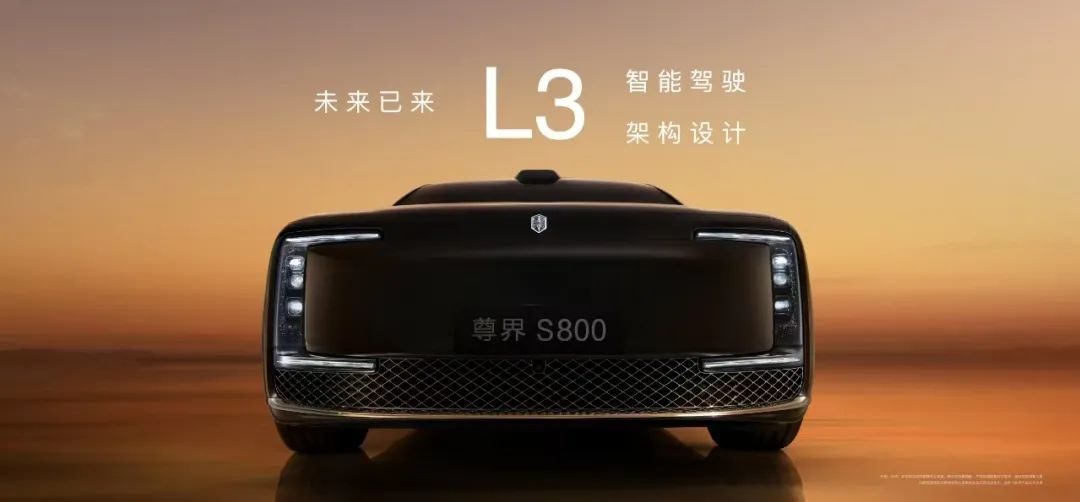
The unveiling of the Zunjie S800 garnered praise for its spacious size and two-tone body. However, audiences had mixed reviews on the "four horizontal and two vertical" front design, and not everyone got the official message of "standing tall and broad, unifying all things into one."
Why is design harder to convince consumers than technology? Because aesthetics is subjective, just like the BMW kidney grille, which was met with overwhelming criticism when it was first introduced but would now be missed if abandoned. "Getting used to it" has immense power.
Additionally, some believe that with a length of nearly 5.5 meters, the car could have used a triangular window design instead of forcing the Hofmeister kink like BMW.
If the challenge of design is more apparent, the challenge of texture from the finer details is even more elusive.
Compared to established luxury and ultra-luxury brands, new high-end brands can easily surpass them in terms of functional richness and coolness, but the experience brought by craftsmanship, materials, and chassis tuning still requires accumulation.
Especially for million-yuan car users, who are accustomed to "fine crumbs," they are naturally particular about details – from the evenness of seams to the balance of chassis shock absorption and clear road feel, to the full display of bass by speakers...
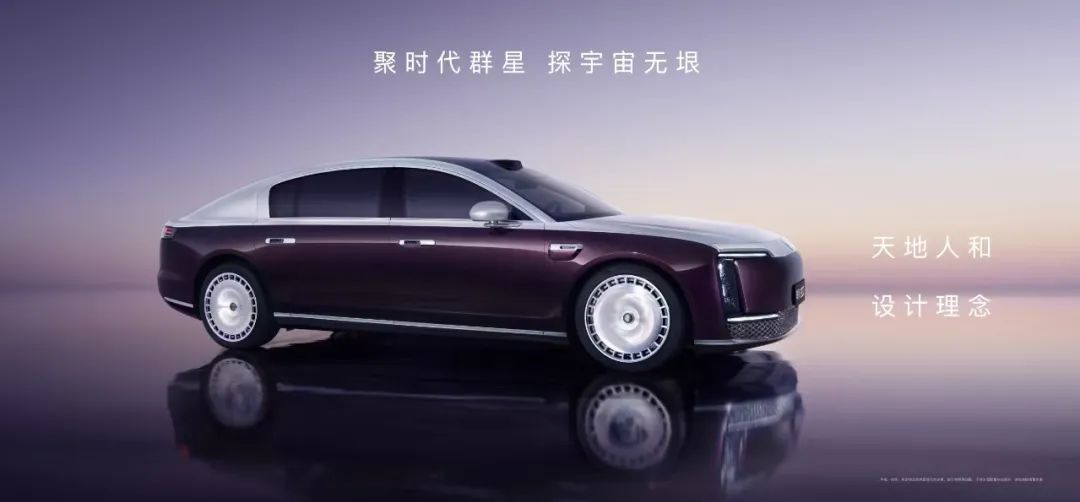
Can the Zunjie S800 fully match Bentley and Rolls-Royce in detail? Without a detailed evaluation, it's hard to conclude. I hope so, but it won't be easy.
What troubles the Huawei team even more than the product is marketing communication. Because on the path to premiumization, there have always been pitfalls of public opinion.
"Another JAC after NIO." Some perceptive comments have already set the stage for the "scam theory."
Calling NIO a JAC, Li Auto a Lifan, and Wenjie a Dongfeng Xiaokang is "both bad and stupid." When did OEMs replace brands?
Ask these self-proclaimed smart "toxic tongues" if they dare call an iPhone a "Foxconn phone."
Of course, with their limited knowledge, these "toxic tongues" can't fathom that admired brands like Adidas and Ralph Lauren can be called "Dongguan Liantai"; Timberland, Prada, and LVMH can also be called "Dongguan Xingang"; oh, some Prada should be called "Yijie Xiameng."
However, NIO, Xiaopeng, Li Auto, and Huawei have to face these discursive traps and rise to the challenge. The million-yuan pricing of Zunjie raises the difficulty of Huawei's marketing to a new level.
In terms of open strategies, a brand's success ultimately depends on its products. But before the audience recognizes the brand, the PR and communications team still has various battles to overcome.
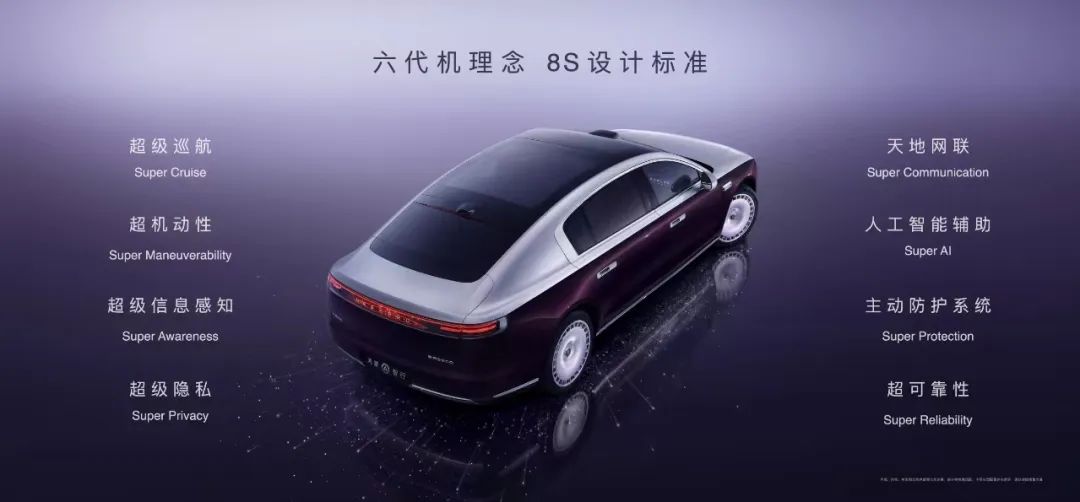
Besides products and marketing, million-yuan cars require corresponding service levels and sales channels. Referencing NIO's high-level service system, which is well-regarded both inside and outside the industry, it comes at a high cost. And high-end sales talent is not an "unlimited supply."
If Huawei creates a high-end service system for Zunjie, it will need to consider money, people, and location, which will undoubtedly be painstaking.
Refining oneself has always been a painful process, but the end result is glorious. Huawei, in pushing forward with Zunjie, should first put pressure on itself.
"Friendly" Pressure on Competitors
Society has conditioned many people to view things through a competitive lens. When a new product is launched, the first thought is often, "Competitors will face pressure."
At the Zunjie debut event, I overheard someone whispering to their neighbor, "Which cars are priced between 1 million and 1.5 million yuan?"
"The Maybach S480."
"What about the BMW 7 Series? Is the 1.5 million yuan version the 750 or 740?"
"What? You mean the 750 isn't available anymore?"
In social media comment sections and many offline corners, there are voices comparing the Zunjie S800 with the Audi A8L Horch Edition, NIO ET9, Porsche Panamera, Hongqi Guoya, and ZEEKR 001FR.
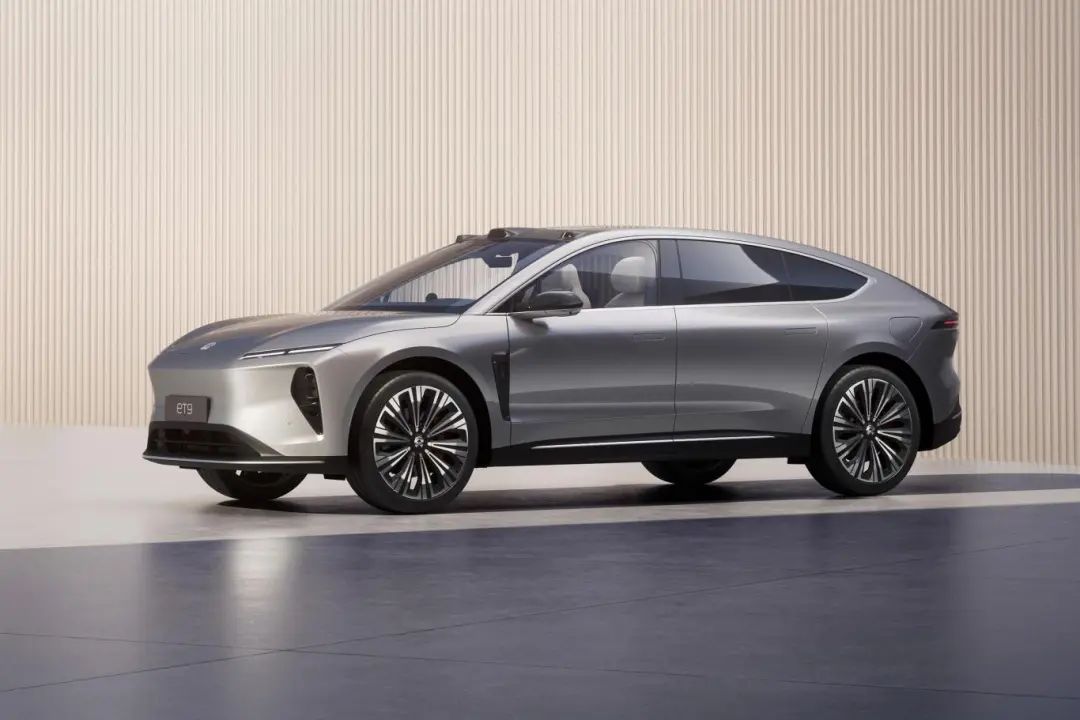
Will the Zunjie S800 dilute the market share of these 800,000 to 1.5 million yuan cars? Let's analyze from the body style, powertrain, product tone, and potential audience profile.
Since the Zunjie S800 adopts a sedan configuration, it first eliminates "most of the competitive relationship" with the ZEEKR 001FR and NIO ET9.
Because the Zunjie S800 is designed as an executive sedan, offline research shows that users tend to be more male, thus eliminating "most of the competitive relationship" with the Porsche Panamera, a "coupe for wealthy women."
Since the Zunjie S800 uses a new energy powertrain, it does not constitute direct competition with the Audi A8L Horch Edition or Hongqi Guoya.
Even if the body style, powertrain, and executive tone are similar, there are still differences in the potential customer base between the Mercedes-Benz EQS and the Zunjie S800.
"Huawei HarmonyOS Smart Travel is tapping into new consumer groups," a conclusion that can be drawn from the growth curves of popular past models.
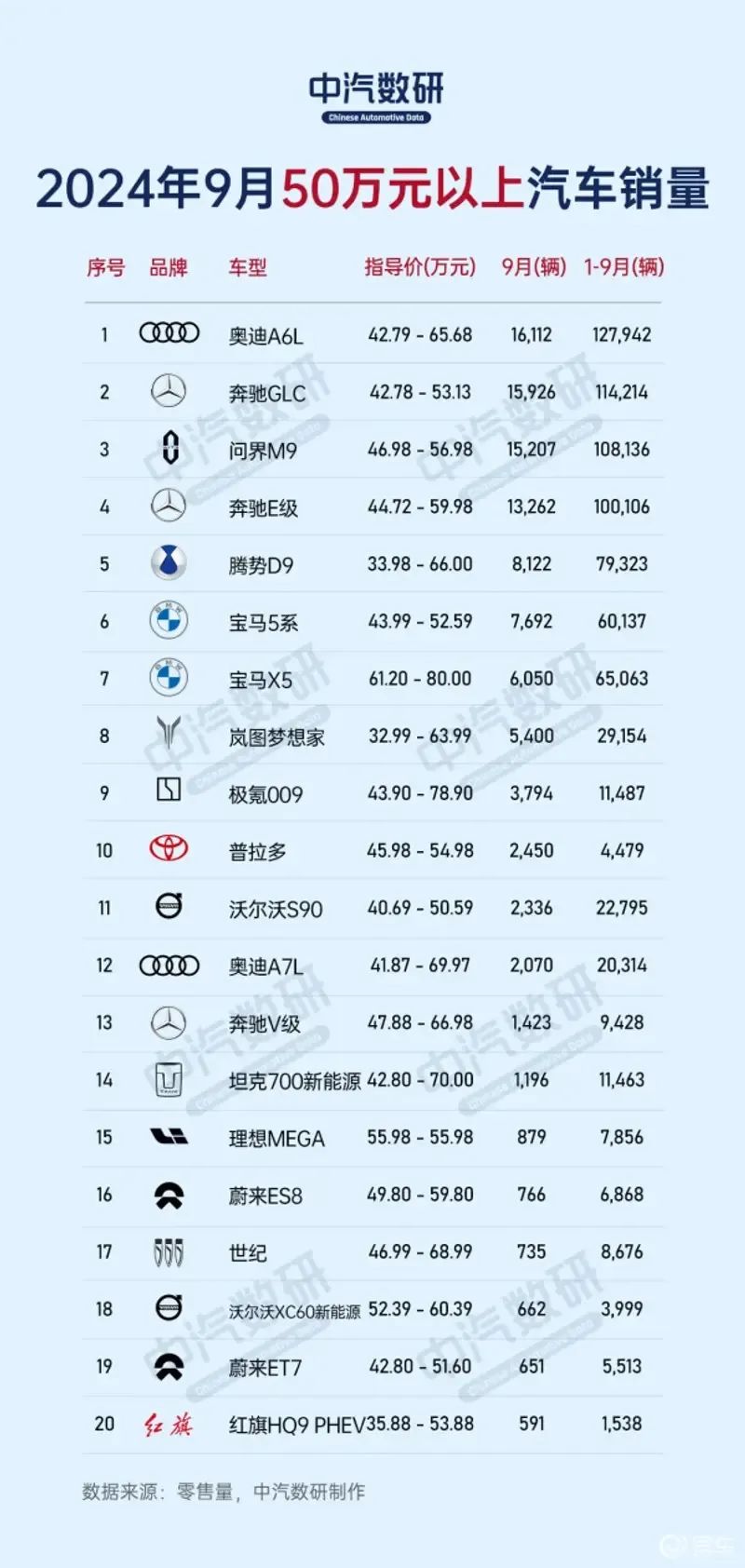
First is the Wenjie M9, which dominates sales of 500,000 yuan vehicles.
"The Wenjie M9 actually didn't specifically target the BMW X5," concluded Automobile Commune after studying sales change curves. "The X5/X5L has only exceeded 10,000 units in January 2023 and January 2024 since its launch in April 2022, with general monthly sales between 5,000 and 8,000 units, which has been maintained to this day."
The audience for the M9 partially overlaps with that of the X5L, but it primarily targets high-income consumers inclined towards the Huawei brand, not entirely the potential customers of the X5L, who instead seek "a luxurious large car with some handling capabilities"; while M9 potential customers value the added value of intelligent functions for high-end enjoyment.
Secondly, Tesla's rise does not entirely depend on eating into BBA's market share.
At the 2019 Chengdu Auto Show, Automobile Commune reporters found during terminal store research that many new Tesla owners were actually "coders" with good purchasing power who did not pursue interior luxury in traditional automotive values and could therefore accept a "rough house" design. At the same time, due to their work habits, they naturally felt an affinity for Tesla, which originated in Silicon Valley.
During the interviews, some new owners even reported that they might not have been in a hurry to buy a car if Tesla didn't exist.
Similarly, in the current analysis of potential customers for Wenjie and even Zunjie, according to some offline surveys conducted by agencies, nearly 30% of car buyers originally did not intend to purchase BBA models of similar prices, so it cannot be said that "HarmonyOS Smart Travel exclusively grabs BBA's pie."
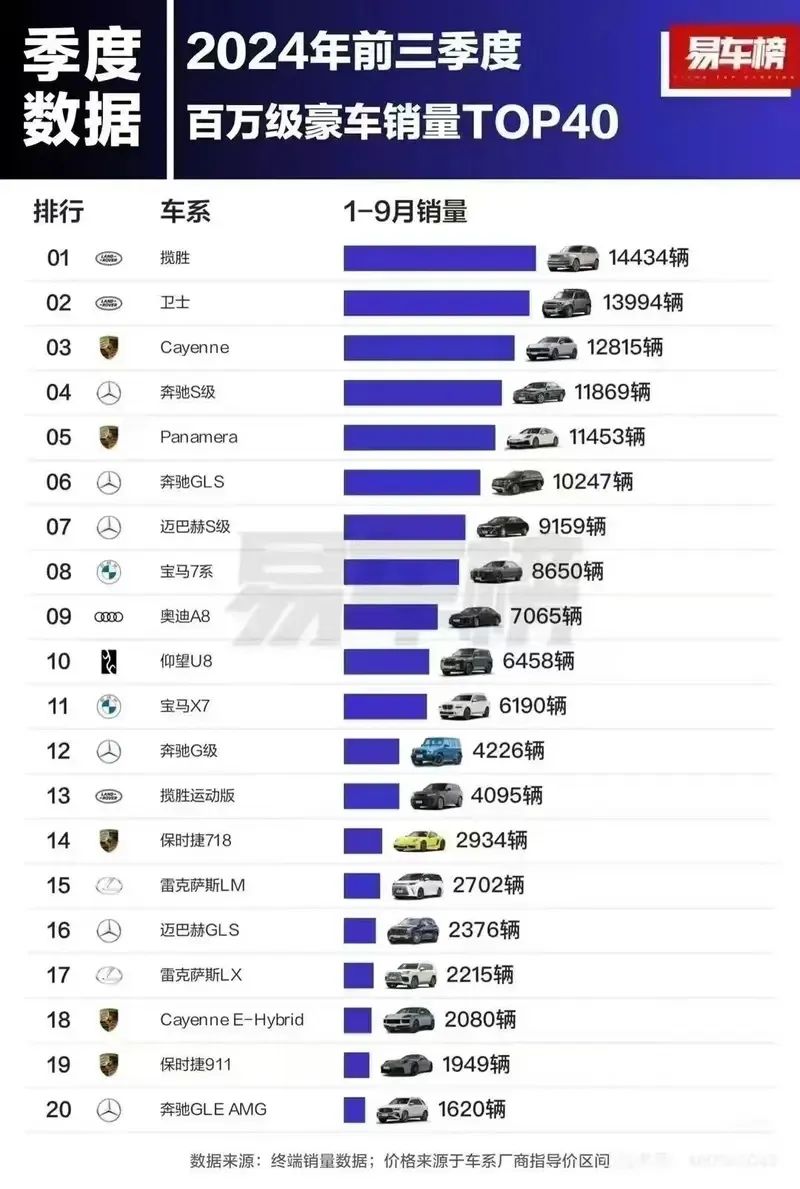
A similar principle can also be seen in the rising sales of BYD's Nio U8 and Land Rover Defender, which follow the path of "limited overlap in potential customers, each tapping into new customers."
Therefore, we can fully describe the birth of these new brands and models as "friendly pressure on competitors" – rather than directly snatching market share with bayonets drawn.
However, as the audience for traditional luxury cars dwindles, how to expand into new markets has also become a worrisome topic for traditional luxury brands such as BBA, Porsche, Bentley, and Rolls-Royce. Therefore, although Zunjie can be considered "friendly," the times still exert "heavy pressure."
Pressuring the Entire Western Automotive Industry
Since Benz created the world's first car 138 years ago, the West has dominated the automotive industry for over a century, with core power shifting between Europe and the United States.
"Zunjie is not directly snatching BBA's pie" is a micro perspective; "Huawei, BYD, Geely, Changan, Great Wall, NIO, and Li Auto collectively breaking through Western automotive high-end monopoly" is a macro perspective, and the two are not contradictory.
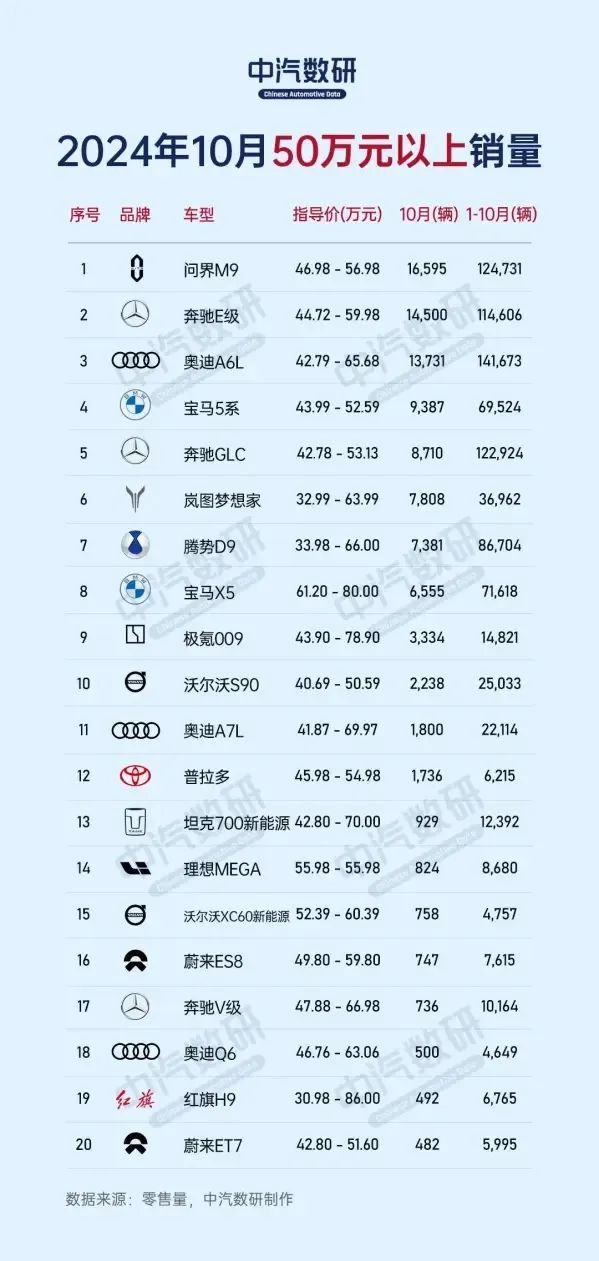
Especially with Zunjie breaking the million-yuan ceiling, it has a different significance compared to previous local brands' million-yuan ultra-luxury cars.
Hongqi has achieved million-yuan pricing since the L5, and Jinkuihua has brought million-yuan ultra-luxury cars like Guoli and Guoya. However, these models are traditional fuel vehicles and do not fully overlap with the Zunjie S800's market segment.
Nio U8 has firmly secured a spot in the top ten domestic million-yuan ultra-luxury car sales rankings and is currently the first local model capable of volume sales in this price range, but it is a rugged SUV, benefiting from a niche market blue ocean.
ZEEKR 001FR and Nio U9, positioned as supercars, serve more as brand-elevation roles rather than volume sales and have different meanings from executive sedans.
It should be noted that sedans are basic passenger vehicles, which most test the foundation of automotive industrial design. Executive sedans are even more traditional, upright, and difficult to break the Western advantage compared to coupes. Therefore, the Zunjie S800 and Hongqi Jinkuihua sedans have chosen the most difficult path to challenge Western automotive dominance.
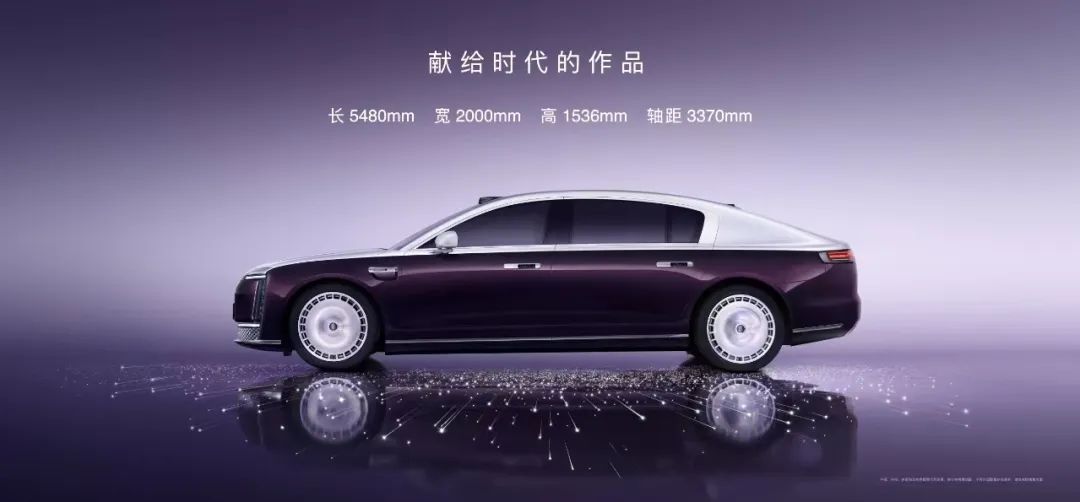
"Although the task is difficult, it will surely be accomplished if we work hard."
From Wenjie to Zunjie, Huawei has played its cards consecutively, echoing FAW's Hongqi, BYD's Nio, Geely's ZEEKR, Chery's EXEED, Changan's AVATR, Great Wall's TANK, and the surge of NIO and Li Auto towards higher price points.
Japanese cars, starting with Lexus 40 years ago, broke the Western luxury car monopoly under the name of Eastern high-end, but have not truly succeeded so far. This round, it should be China's automotive industry's turn. Regardless of whether Zunjie or Huawei wins, ultimately, it will be China that triumphs.







